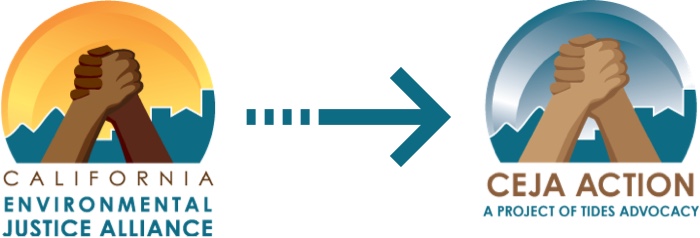Solar on Multifamily Affordable Housing
The Need for Equitable Solar
While California leads the country in building and developing clean energy infrastructure, only the wealthiest Californians have historically accessed the benefits of solar energy for their own homes. Centuries of systemic racism, including redlining, resource extraction, and institutional neglect have left most working class communities without the capital, credit, or property ownership to personally invest in, and benefit from, clean energy.
While the California Solar Initiative provided over $2.1 billion between 2007 and 2016 to install approximately 1,940 megawatts of new solar generation capacity, this initiative largely bypassed low-income and disadvantaged communities. Data shows that almost 90% of California’s 1.3 million rooftop solar installations have been on single-family, owner-occupied homes. Just over 10% of households that have benefitted from reduced energy bills due to solar installations are people living in environmental justice communities — census tracts that are disproportionately burdened by, and vulnerable to, multiple sources of pollution.1
A Historic Win for Environmental Justice
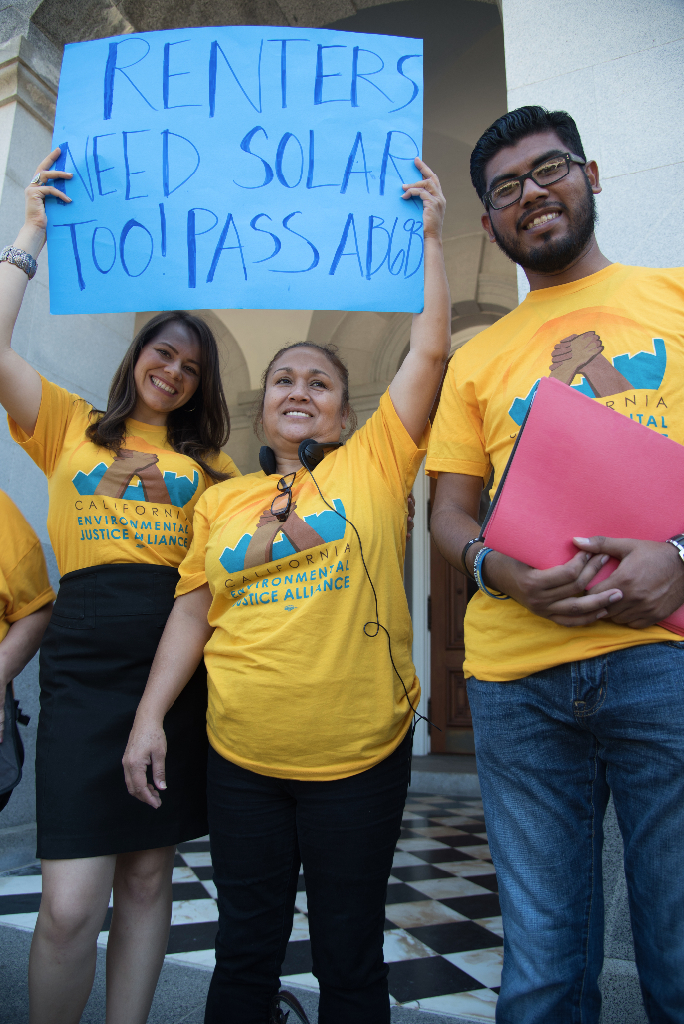
Community members advocate for AB 693 in Sacramento during the 2015 CEJA Congreso. Photo Credit: Brooke Anderson
California’s landmark Solar on Multifamily Affordable Housing (SOMAH) Program was the response to years of inequitable access to clean energy. The SOMAH Program—thanks to years of advocacy by California Environmental Justice Alliance (CEJA) community leaders— is designed to assure equitable access to clean energy and help reduce the energy burden for low-income tenants. Managed by the California Public Utilities Commission and administered by a team of nonprofit organizations, SOMAH will invest up to $1 billion in rooftop solar with an overall target to install 300 megawatts of generating capacity by 2031. Throughout the state, more than 3,500 properties encompassing nearly 255,000 individual households qualify for incentives under the program.
The SOMAH Program would not have been possible without years of environmental justice campaigning by CEJA members and allies. In 2015, CEJA proudly co-sponsored and advocated for the bill that would become SOMAH, AB 693 (Eggman). Communities from across the state gathered to advocate for the bill at the year’s CEJA Congreso. By October of 2015, AB 693 was signed into law, making it the nation’s largest investment of solar on multifamily affordable housing for environmental justice communities and the first one to direct a majority of the savings created by the photovoltaic systems back to renters.
Centering Equity in Implementation
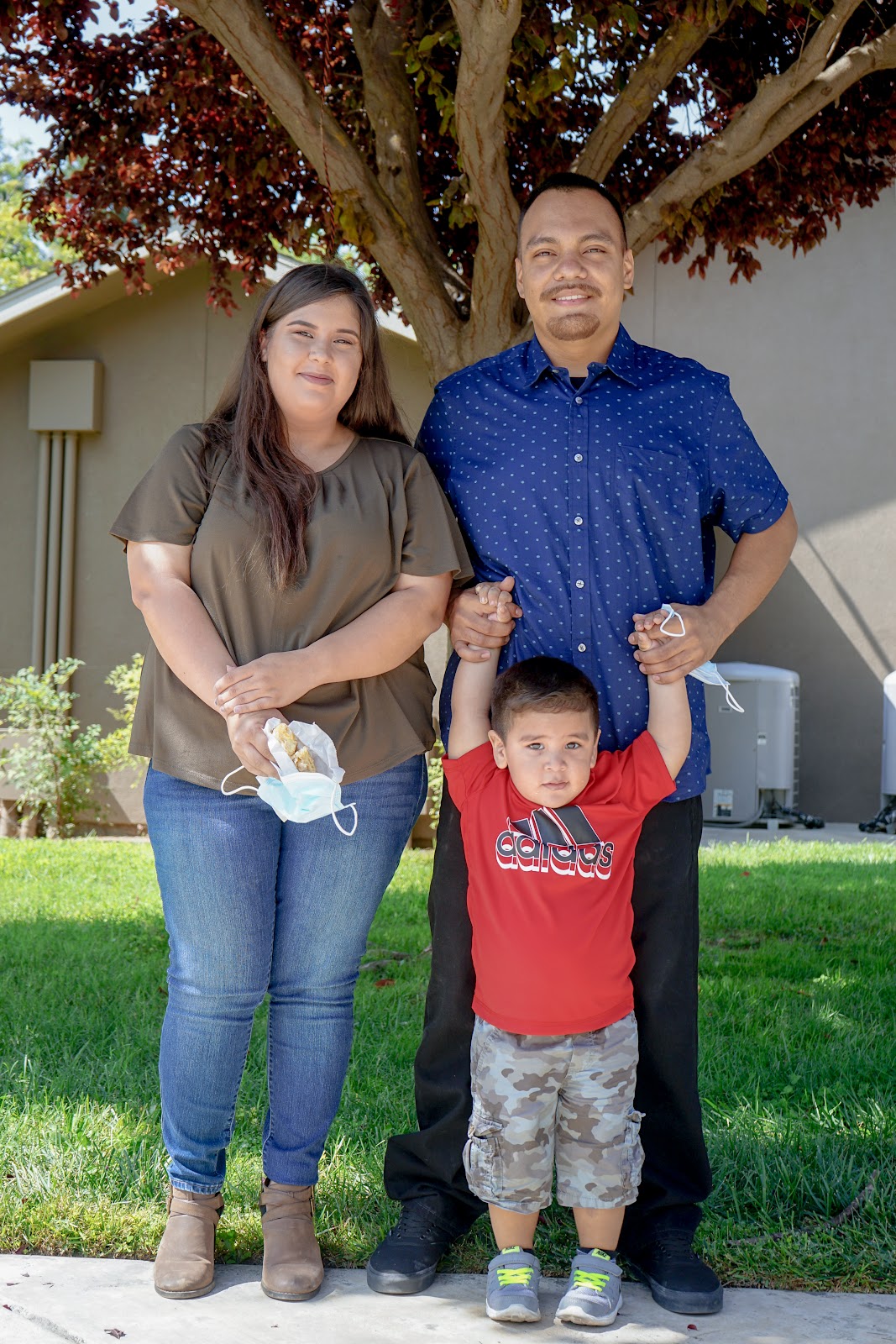
A family attends a ribbon-cutting ceremony to celebrate a successful SOMAH installation. Photo Credit: David Lee-Burleigh
CEJA, alongside the Asian Pacific Environmental Network (APEN), Communities for a Better Environment (CBE), Environmental Health Coalition (EHC), and Self Help Enterprises (SHE) are among the community-based partners who provide meaningful outreach and education to tenants, job seekers, and community members. Our goal is to ensure environmental justice communities have equitable access to rooftop solar, energy bill savings, and paid job training opportunities in the solar industry through SOMAH. Since the SOMAH Program Administrator comprises of nonprofits that work across the state and nation, it has been invaluable to work with a cohort of local grassroots organizations that have strong connections to the communities SOMAH is meant to serve.
Historically, state programs that have included equity in their plans have often failed to achieve it due to a disconnect with the communities they aim to serve and benefit. However, CEJA has been deeply involved throughout SOMAH’s design and implementation, ensuring that the state’s climate investments are properly directed to frontline communities. We uplift our communities’ voices in decision-making processes by providing feedback at many levels – from the design of tenant education materials to changes of program requirements.
Fighting Solar Segregation
Today, Black and brown Californians do not have the same access to solar energy and benefits as do affluent—and often white—residents. The SOMAH Program is a critical step toward addressing California’s solar segregation by putting renewable energy right where it’s needed the most – on the rooftops of working class tenants.2
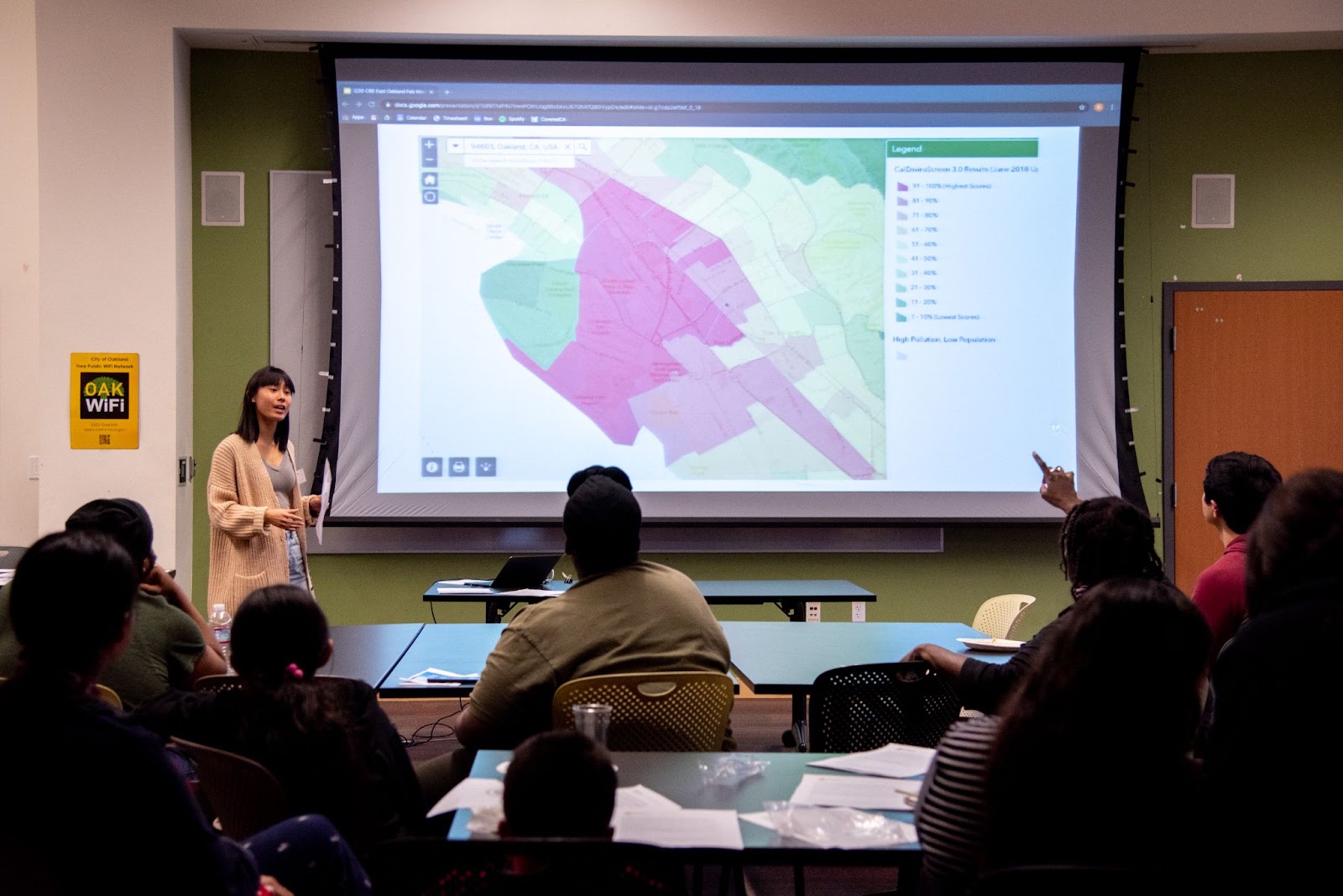
CEJA staff host a workshop on SOMAH at the Oakland Public Library. Photo Credit: Marissa Leshnov
SOMAH is a win-win for California by demonstrating that we can meet the challenges of the climate crisis, invest in communities most impacted by industrial pollution, create economic benefits for low-income tenants, and ensure that our renewable energy future benefits all Californians.
To achieve our vision of healthy homes and resilient communities, we need more programs like SOMAH that center community voices through partnerships with grassroots organizations. Building upon SOMAH, CEJA continues to fight for an equitable future where low-income communities and communities of color are first in line to benefit from a clean energy economy.
How Can SOMAH Benefit Your Community?
At least 51% of the system’s electric output must directly offset tenant load, allowing affordable housing residents to receive direct financial savings on their energy bills.
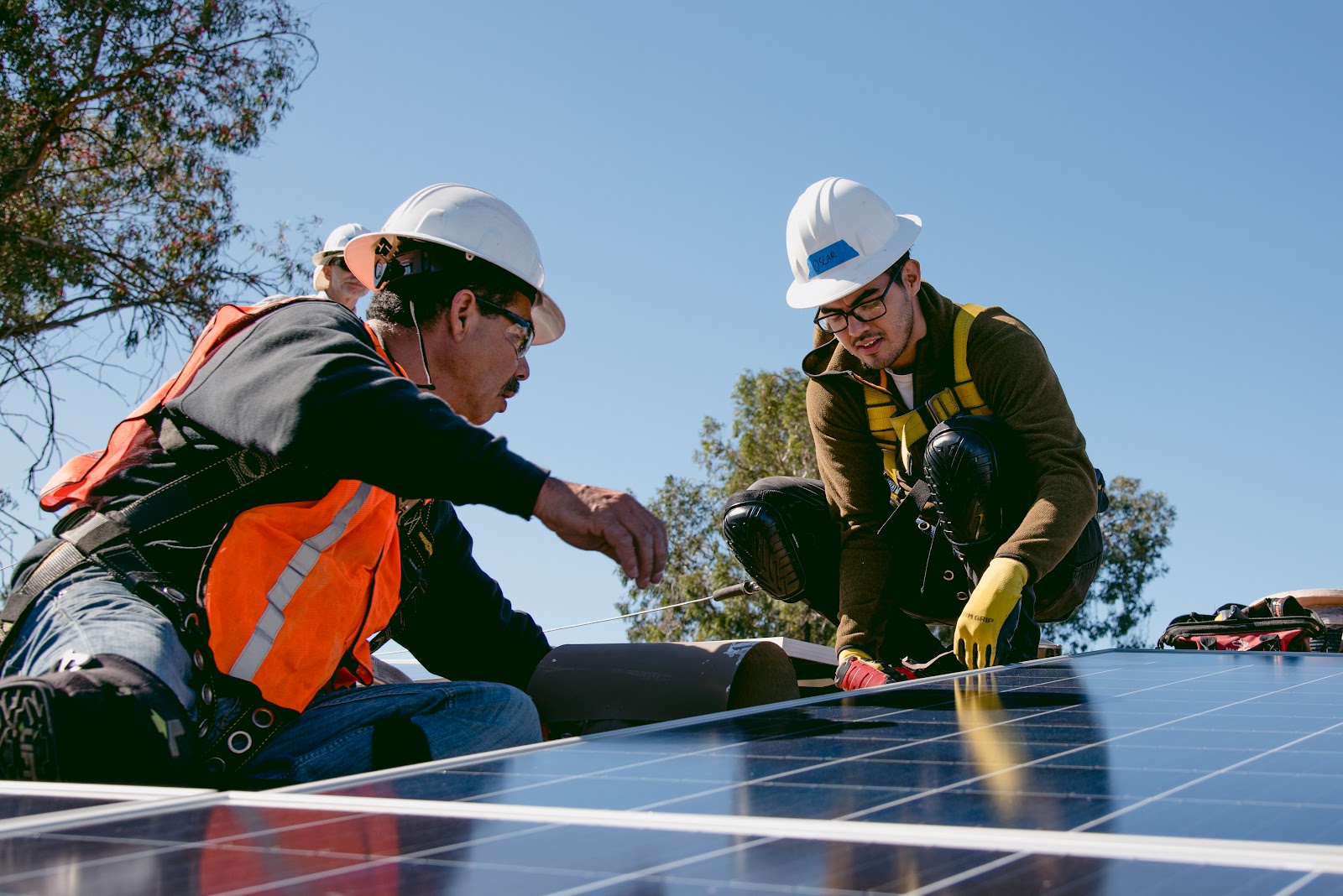
Oscar, a SOMAH job trainee, supports the solar installation at Loma Sierra Apartments in Loma Linda, CA. Photo Credit: Marissa Leshnov
SOMAH promotes workforce development through local paid job training opportunities. These opportunities stimulate job growth and economic development in California communities, and are intended to increase access to the solar industry.
Partner with SOMAH to promote solar to multifamily affordable housing property owners and tenants among your constituents. As partners with the SOMAH Program, we can help you learn more about how it works and the benefits it can bring to your community.
SOMAH incentives significantly reduce the cost of installing solar, offering property owners long-term savings on electricity costs for common areas, a hedge against utility rate hikes and reduced carbon emissions. Want to know if your property is eligible? Click here to learn more.
Participating contractors can bring customers into the program and grow their customer base.
Connect With Us
If you want to learn more, contact CEJA’s SOMAH Program Manager at somah@caleja.org.
Find SOMAH in Your Community
Explore the SOMAH Partners and Projects Map here.

Footnotes:
-
The state refers to these communities as “DAC’s” or disadvantaged communities. For the SOMAH Program, DACs are defined as the 25 percent most disadvantaged census tracts on the current and previous version of CalEnviroScreen, along with the 22 census tracts that have the 5 percent highest pollution score but not socioeconomic data.
-
Solar segregation refers to the disparity in access to rooftop solar between low-income communities of color and wealthy communities due to systemic racism and inequitable solar policy design. The term is coined by Shalanda Baker in their book, Revolutionary Power: An Activist’s Guide to the Energy Transition.

